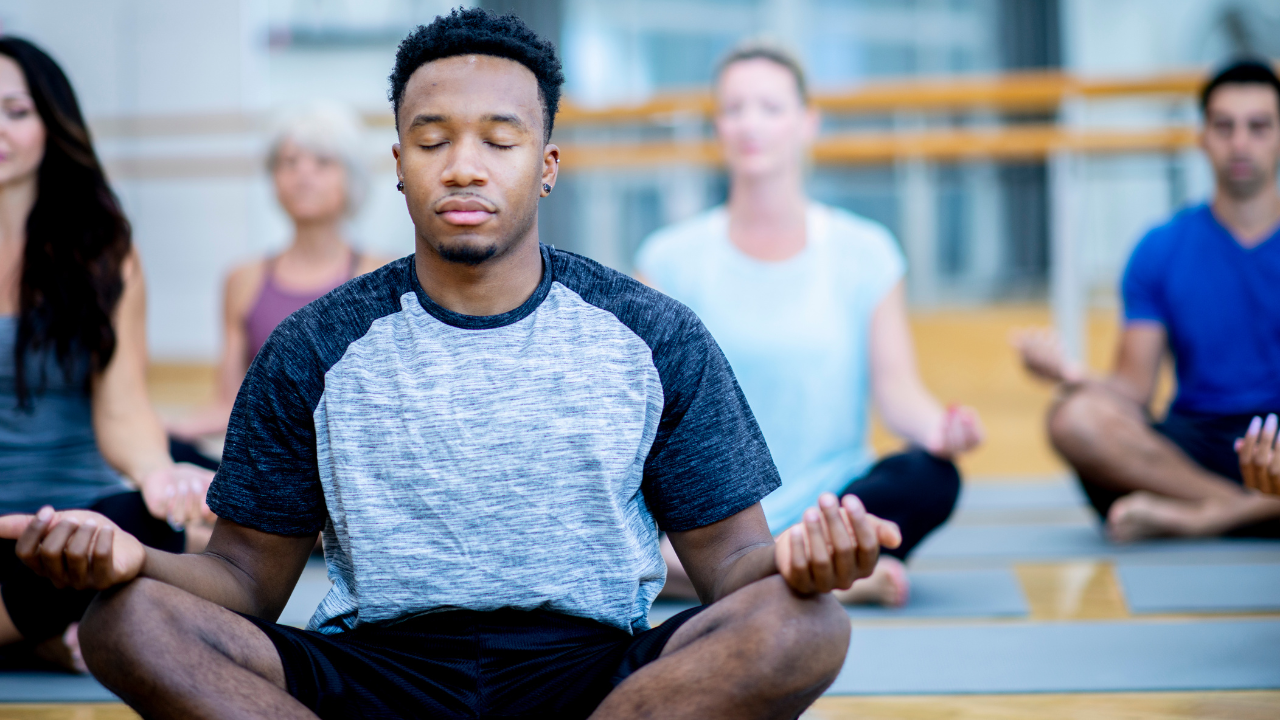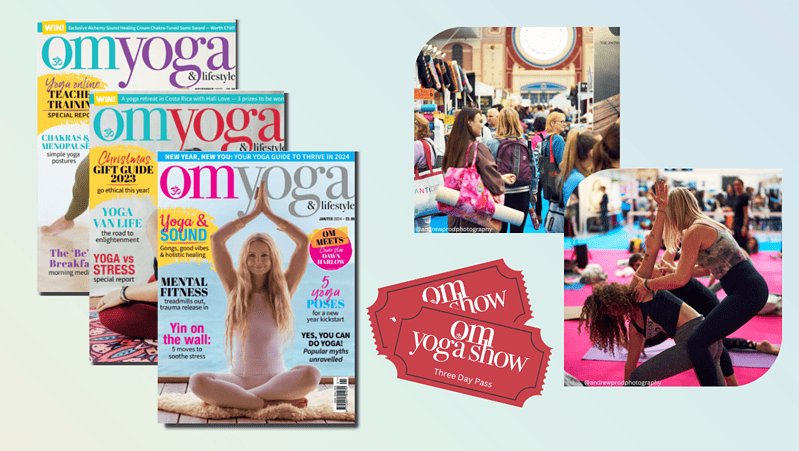
Yoga - it's not all about the moves
Stretches and poses are just a small part of your yoga journey. By James Adams
Whenever the word yoga is mentioned, you may recall a mental image of someone doing a downward dog pose or standing in tree pose. Or instantly remember a video that you once saw of a yoga class performing sun salutations on the beach.
You may perceive yoga as nothing more than stretching to keep fit and become flexible. This is a common misconception in the west. Yoga is marketed in this way.
I bought into this. You would be forgiven for doing so too.
But let me tell you that yoga is much more than the poses – otherwise known as asanas.
I’ve never been a mobile or flexible person. Even sitting in Sukhasana (crossed-legged) can be a challenge without a cushion. The thoughts of attempting something that would only expose my weaknesses didn’t bode too well at first.
I didn’t want to make a fool out of myself by attending a class full of people who can bend their legs like pretzels. I might actually break my leg if I attempt to stretch it over my head.
Here’s the sobering truth – yoga is a holistic discipline that integrates the mind, body and spirit. Traditional yoga with ancient roots spanning thousands of years focuses on connecting with the self – the authentic self.
The asana poses are indeed a key component of yoga that help the aspirant to connect with the self, but no, your journey will not be disrupted if you struggle to do a downward dog pose.
You don’t have to master all of the asana poses to be a strong yoga practitioner.
Let's take a look at the 5 major principles of yoga:
- Asanas (yoga poses)
- Pranayama (yoga breathing)
- Shavasana (relaxation)
- Sattvic (diet)
- Dhyana (meditation)
I won’t delve into each of these here, but suffice to say, yoga is a much broader discipline than many would believe.
Can you meditate? Can you breathe? Can you take steps to adopt a healthy diet?
Even the most experienced yoga practitioners have their preferences. Some are better at the asanas, others can induce deep levels of relaxation with minimal effort. Some who can perfect the asanas may have difficulties quietening the Chitta (mind stuff). Those who can meditate for hours may live with mobility issues.
There will always be something that you can work on. Don’t allow the western interpretation of yoga to hold you back.
If you attend a class that places an overemphasis on the asana poses, with little mention of meditation and relaxation, ask yourself whether this is the right class for you.
Good yoga teachers will reiterate the importance of knowing your limits. They won’t force you into asana poses that strain the body. Yoga isn’t supposed to hurt; quite the opposite.
In the words of Swami Sivananda (whom the Sivananda Yoga system is named after): “The real spiritual progress of the aspirant is measured by the extent to which they achieve inner tranquility.”
There are many paths up the mountain – all leading to the same destination.
Yoga is for everyone, regardless of age or mobility. So why not give it a try? You may just surprise yourself.







